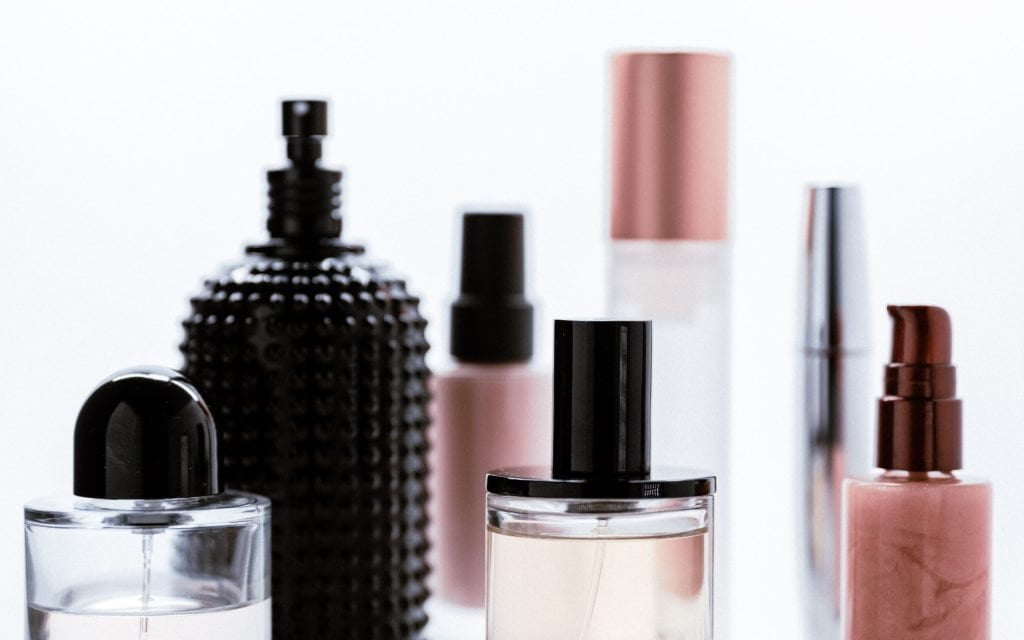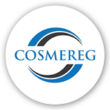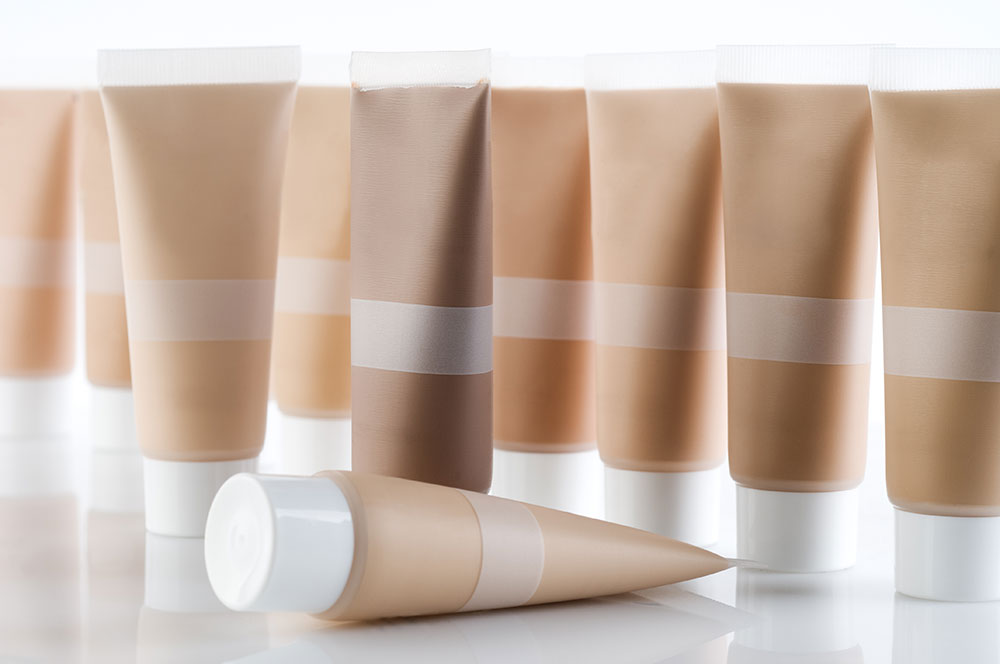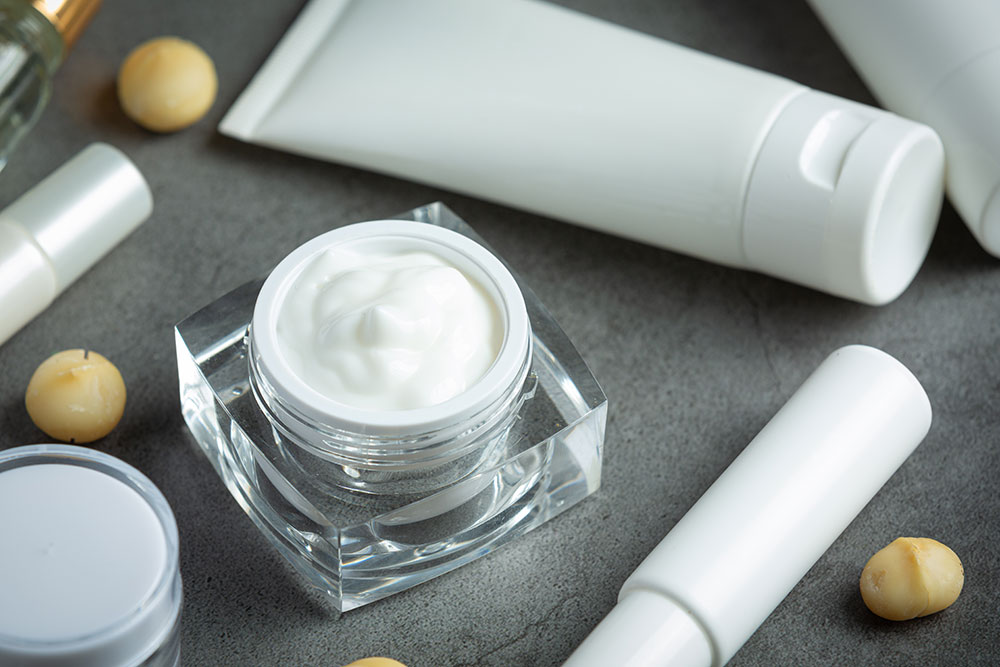Canadian Cosmetic Regulations
Cosmetics are regulated by Health Canada. Health Canada oversees cosmetics sold in Canada to be manufactured, prepared, preserved, packed, and stored under sanitary conditions. Below are the Canadian cosmetic regulations.

This helps to ensure that cosmetics sold in Canada are safe to use and do not have any health risks.
What are cosmetics?
As per Section 2 of the Food and Drugs Act, cosmetic products are defined as “Any substance or mixture of substances manufactured, sold or represented for use in cleansing, improving or altering the complexion, skin, hair or teeth, and includes deodorants and perfumes.”
Any beauty product that is professionally made falls under Canadian cosmetic regulations, as do handmade products sold at home-based or small businesses and products distributed in bulk for institutions, such as soaps.
Check out the Examples of Products that are Not Considered Cosmetics
Cosmetic Notification Forms (CNF)
Cosmetic Notification Forms must be submitted to Health Canada by manufacturers and importers within the first 10 days they sell a cosmetic in Canada. Failure to notify may result in a product being denied entry into Canada or removed from sale.
If the information on a Cosmetic Notification Form (CNF) is made, manufacturers or importers must re-inform the CNF and resubmit to Health Canada (but are not limited to)
- modification of the cosmetic formulation
- change of product name
- discontinuation of sale
- new company name, address, or contact information
Cosmetic Label & Ingredients Review
Cosmetic Ingredient Hotlist (Short, Hotlist) is a list of substances that are restricted or prohibited in cosmetics. it contains all materials prohibited from being used in cosmetic products in Canada, as well as compounds that may be related to those ingredients. It’s important to remove prohibited ingredients according to the Canada ingredients hotlist.
And, Labels in Canada must clearly and specifically list all the ingredients used in the product. They must be clear and consistent, and reflect the established standards. In some cases, such as botanical ingredients, there is an additional category on the label for compounds. The label must establish if the product can cause injury to the human body.
Additionally, if ingredients are not listed by the term applied to them under the International Nomenclature of Cosmetic Ingredients (INCI), then they must be listed in both English and French according to Canadian law. Cosmereg can help you list all the ingredients properly and according to the law.
Risk Assessment
The purpose of risk assessment is to prevent products from harming customers when used as intended. All cosmetic products risk assessment during production and distribution under Health Canada’s Consumer Product Safety Program. The assessment also takes into consideration any injury or consequences that may occur when the product is used in an unintended manner, and how severe those consequences might be.
Storage and Packaging
Labels of cosmetic products must meet specific requirements outlined by the Food and Drugs Act, the Cosmetic Regulations, the Consumer Packaging and Labelling Act, and the Consumer Packaging and Labelling Regulations. These requirements include providing ingredient lists using the INCI system, product identity in both English and French, net quantity statements in metric units, and manufacturer or distributor details. Warnings or cautions, as well as directions for safe use, must also be included, and for Canada’s bilingual nature, parts of the label must be written in French, depending on the province.
Specific requirements apply to cosmetics containing certain substances, such as mercury, coal tar dyes, or chloroform. These substances may be restricted or prohibited in cosmetics.
Certain cosmetics, especially those in pressurized containers or with flame projection properties, must have appropriate warnings and hazard statements on their labels.
Canadian Cosmetic Regulations on Importation into Canada
All cosmetic products imported from any other country into Canada will be subject to inspection for adherence to Canadian cosmetic regulations. Cosmetic manufacturers must allow reviewing the product, including both the ingredients and the manufacturing procedures. If a product needs relabelling or modification, it must be done within three months of importation to be sold.
Recent Developments in Canadian Cosmetic Regulations
Recent developments in Canada include the announcement of the Toxic Substances Warning Label Act (Bill C-266), which aims to inform consumers about products containing toxic substances. The bill prohibits the sale, importation, and advertisement of such products unless they carry warning labels. Additionally, public consultations have taken place to address the reduction of volatile organic compounds (VOC) in consumer and commercial products from 2021 to 2028, seeking to meet commitments under the Ozone Annex to the Canada-United States Air Quality Agreement
Need help or have a question?
Feel free to contact us by phone at +442033182439 for Europe, or +17273509380 for North America or send us an email here!
We can help to ensure that your products meet quality, health, safety regulatory standards!


